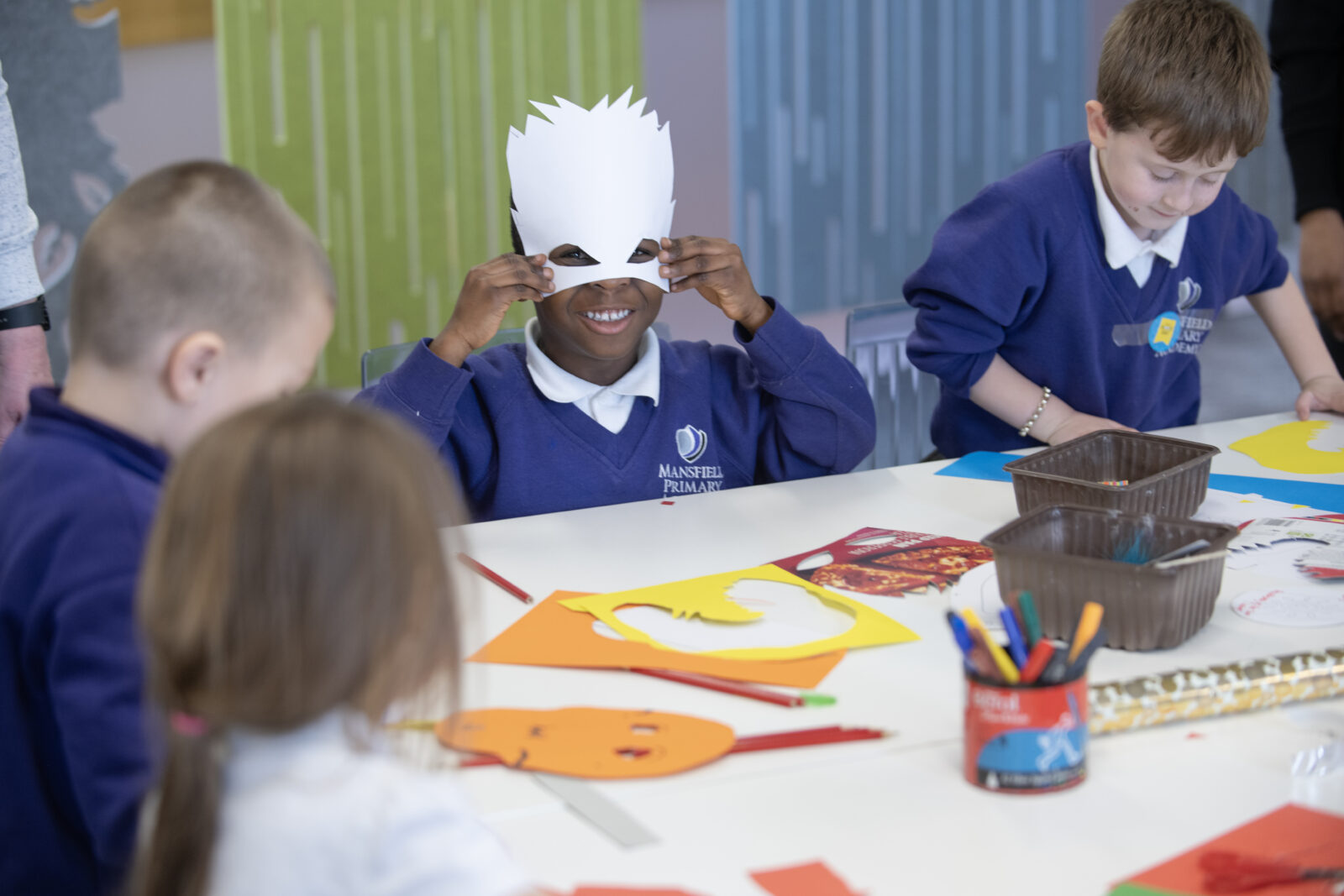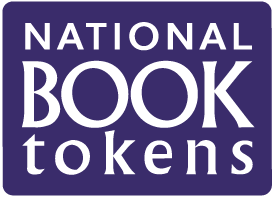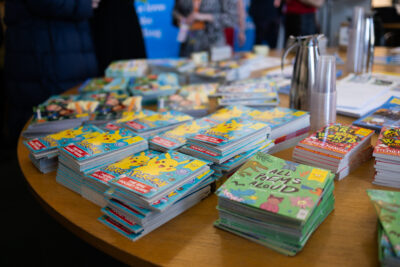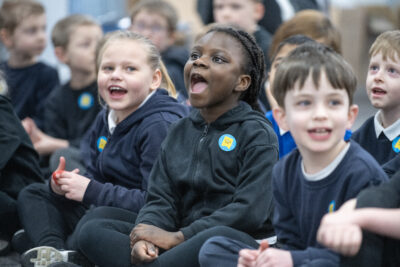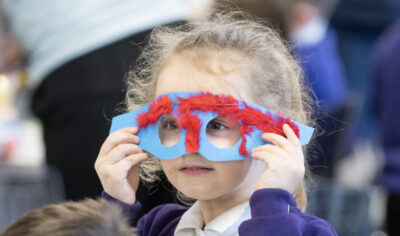Our approach and the evidence behind it
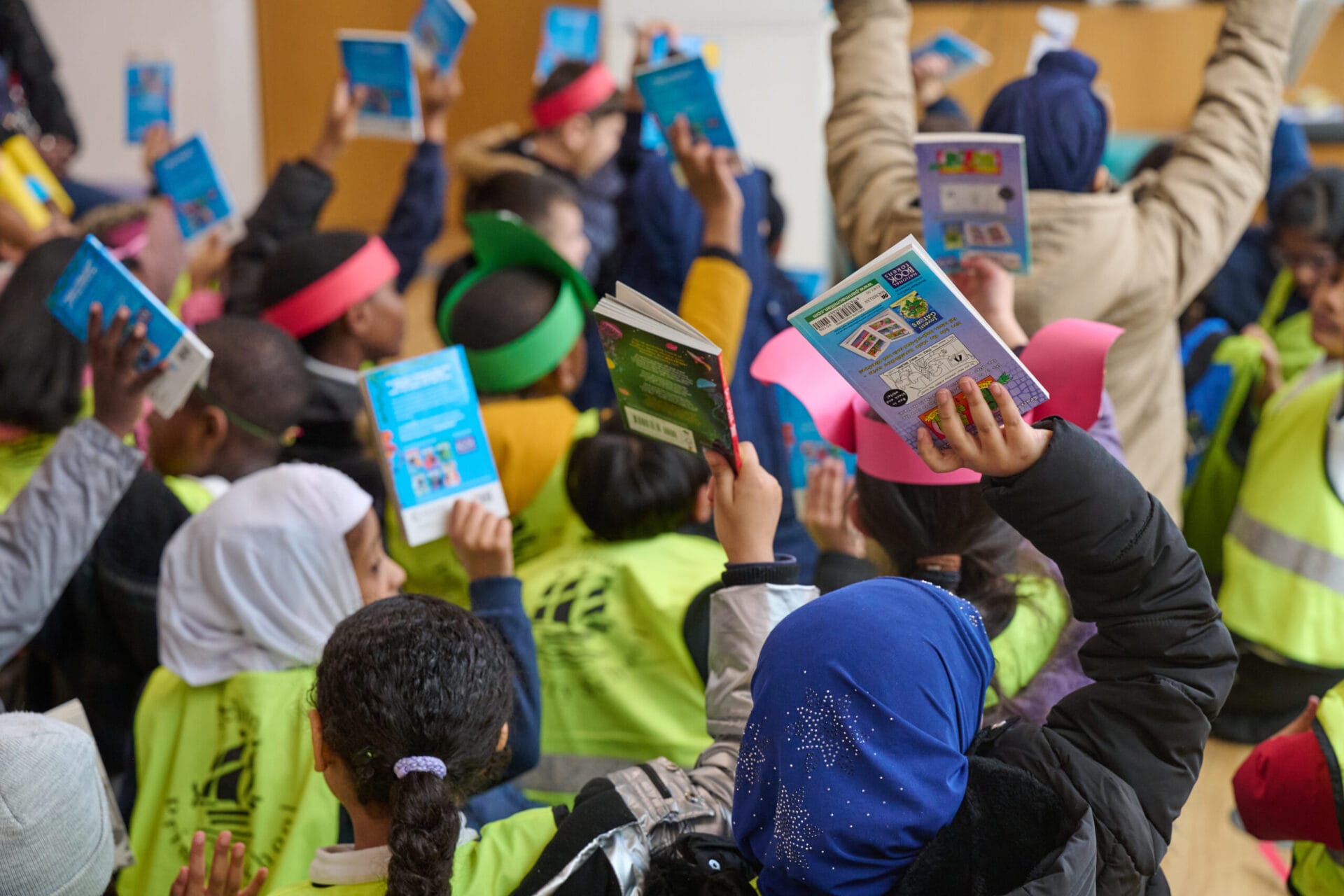
Our strategy
The strategy has been developed following conversations with a range of World Book Day’s stakeholders; publishers, bookshops, schools, libraries, other literacy and reading charities.
Six ways to build a reading for fun habit
World Book Day defines reading for fun as:
Engaging with chosen reading material in their free time.
We champion the fun of reading because it seriously improves lives.
Research shows 6 things that help children want to read at home:
- Share – read or listen to audiobooks together
- Access – having reading materials around them (including audiobooks, ebooks and graphic novels and comics)
- Choice – they pick what excites/interests them most
- Time – quiet moments help reading happen
- Help – get ideas from someone who knows what they like
- Fun – connect reading to other things they enjoy
These shape and guide everything World Book Day does.
Why reading for fun? – The evidence
Reading for fun is the single biggest indicator that a child will grow up to enjoy a happier and more successful life – more than their family circumstances, their parents’ educational backgrounds or their income.
The Department for Education’s recent Reading Framework – Teaching the Foundations of Literacy published in also includes a summary of the evidence on Reading for Pleasure and highlights how it might be put in practice in the curriculum.
Reading and Writing for Pleasure Framework for Practice
World Book Day was funded by the Mercers’ Company to take part in its 2020-2023 Literacy Special Initiative, which focused on the promotion of reading and writing for pleasure.
The Open University, as learning partner, was commissioned to establish: “The approaches that seem to be effective in inspiring and encouraging children and young people to read and/or write for pleasure.”
The OU undertook a review of existing research on reading and writing for pleasure, and data from the participating charities including World Book Day to create Reading and Writing for Pleasure: Framework for Practice, for practitioners
Uncovering children’s attitudes to reading for pleasure
Despite the many benefits reading for fun is in decline. We have worked with Beano Brain to understand this decline by exploring children’s and parents’ attitudes to reading for pleasure. Beano Brain have conducted two research studies on our behalf. Both included two stages of national qualitative and quantitative research.
It is these pieces of research that have identified that fun is the unlocker for children engaging in reading at home.
Children say they’re told reading is great, but we’re showing them that reading is something they HAVE to do, rather than CHOOSE to do.

World Book Day six principles aligned with recent synthesis of research literature
The World Book Day six approaches to support reading for pleasure align with a recent synthesis of research literature which identified six principles to support reading enjoyment and engagement: access, choice, time, connection, social and success (Love to Read, 2022).
Love to Read was funded by Nuffield Foundation and drew upon a huge range of knowledge, experience and expertise from researchers, teachers, school leaders, other professionals and children from across the UK. The project was led by Dr Sarah McGeown, University of Edinburgh, and was carried out in collaboration with Scottish Book Trust, Education Scotland and National Literacy Trust.
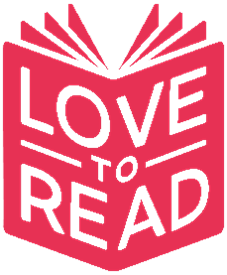
Our resources and activity bank
Our helpful resources support reading engagement in children.
Explore ideas from our partners and fellow teachers and practitioners that support our six elements of Reading for Pleasure.
